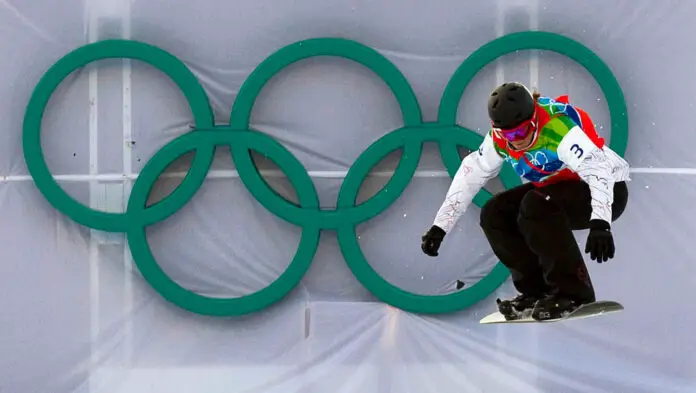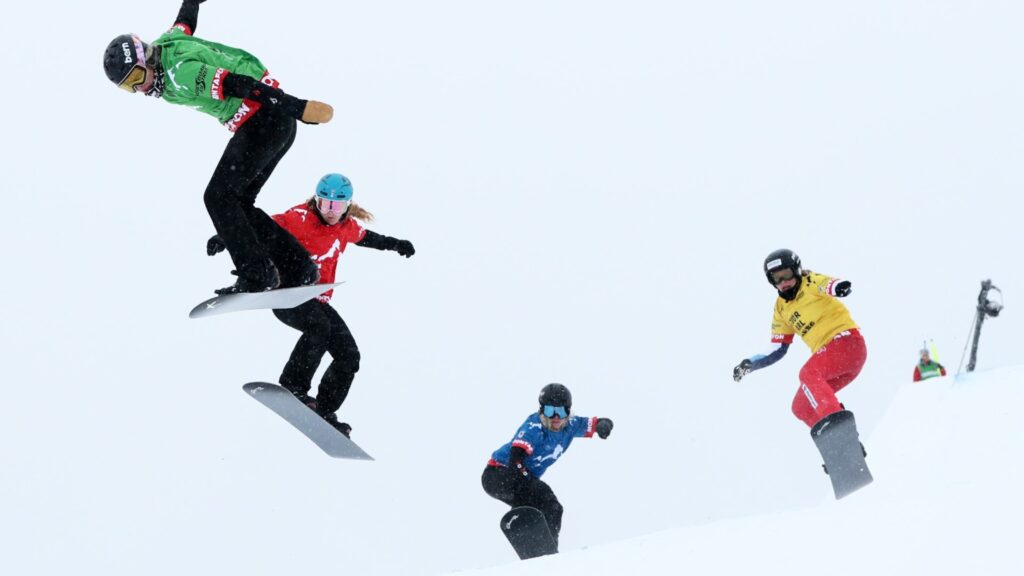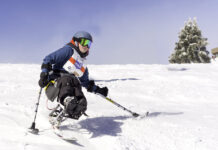
Olympic SnowboardingSnowboarding is a relatively recent addition to the list of official games in the Winter Olympics. Although it was already gaining popularity in the 1980s, it was only in the 1999 Winter Games in Nagano, Japan that it became a part of the quadrennial event.
But before that, its bid for inclusion in the Games became the center of controversy. Prior to the 1998 Games, many snowboarders became upset when the International Olympic Committee gave the jurisdiction of the event to the International Skiing Federation (FSI) instead of the International Snowboarding Federation (ISF). The IOC made the move in spite of the fact that the ISF was already sanctioning snowboard events way before the Nagano Games. That fact became the major source of disappointment among the supporters of the sport.

The snowboarders’ disappointment was best exemplified by Terje Hakonsen of Norway. Hakonsen, regarded as one of the world’s best snowboarders, declared that he would boycott the 1998 Games and the succeeding Games after that.
It was not the last controversy to hound the Games in Nagano. Canadian snowboarder Ross Rebagliati won the gold medal and was stripped of it after only three days after testing positive for marijuana. However, Rebagliati’s camp argued that it was second-hand smoke that he inhaled during the send-off party back in Canada. They further argued that it did not affect his performance in any way. The IOC eventually reversed the decision because marijuana is not a performance-enhancing drug. Rebagliati got his medal back.
Currently, there are six Olympic snowboard events: men’s and women’s halfpipe, men’s and women’s parallel giant slalom, and men’s and women’s snowboard cross. The halfpipe and parallel giant slalom events originally were the only snowboard events. Snowboard cross was a later addition when it was held in the 2006 Winter Games in Torino, Italy.
Halfpipe Snowboarding traces its roots from skateboarding. It is basically an event where riders move from one side to the other of a u-shaped bowl or the halfpipe. They then make jumps and perform tricks while on mid-air.
Meanwhile, the parallel giant slalom is where the top 16 riders of the event battle it out in two-race face-off matches. It is in a bracket format which means rider 1 faces rider 16, rider 2 faces rider 15, and so on. Matches are held until the two top riders are left.
Finally, the snowboard cross event is where four riders race to the finish line. But the course is in no way easy since there is a series of different obstacles that they have to pass through. Aside from the obstacles, the course is also narrow making it difficult for riders to control their boards. Thus, crashes are not uncommon in this event.
Snowboarding, as mentioned earlier, is still a new sport in the Olympics. Therefore, it can be safe to say that some changes are still inevitable in the coming Winter Games. It may be new rules or even new events, but what’s sure is that Snowboarding will only get more exciting in the years to come.



















